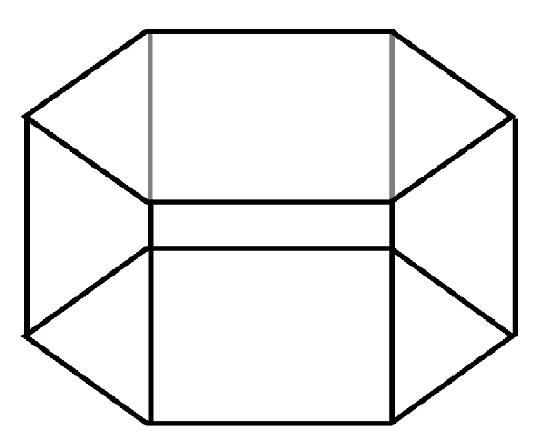
There are 1st, 2nd, and 3rd order prisms, pyramids, and dipyramids in the hexagonal system. Orders of Hexagonal Prisms A Note on Prism and Pyramid Order in the Hexagonal System Both give us the same information but for beginning crystallographers the four digit system is easier with which to work. Given four digit indices such as (1 210), the resulting 3 digit indices are (1 20).

It is the negative sum of the a 1 and a 2 indices. In the four axis system crystallographers increasingly are using a three digit index, dropping the third, a 3, index. Miller-Bravais Indices for the trigonal and hexagonal systems customarily have four digits indicating intercepts on the a 1, a 2, a 3, and c axes, respectively. The positive end of the a 1 axis then emerges usually below the lower left corner of that face. If there is a dominant pyramidal or dipyramidal face it is turned toward the viewer. The angle between the positive end of the a 1 + and the positive end of the a 2 + is 120 o, not 60 o.Ĭrystals are normally oriented so the longest (or shortest) axis is vertical and designated as the c axis. Positive and negative ends of the axes alternate around the c axis.

Take careful notice of the manner in which the a axes are designated. The c axis may be either longer or shorter than an a axis. The angle between the positive ends of the three a axes, is 120 o. Three of the axes commonly labeled a 1, a 2, and a 3 are equal in length and lie in a single horizontal plane that is perpendicular to the principal c axis. The hexagonal system, like the trigonal system, is usually thought of as a 4-axis system.


 0 kommentar(er)
0 kommentar(er)
